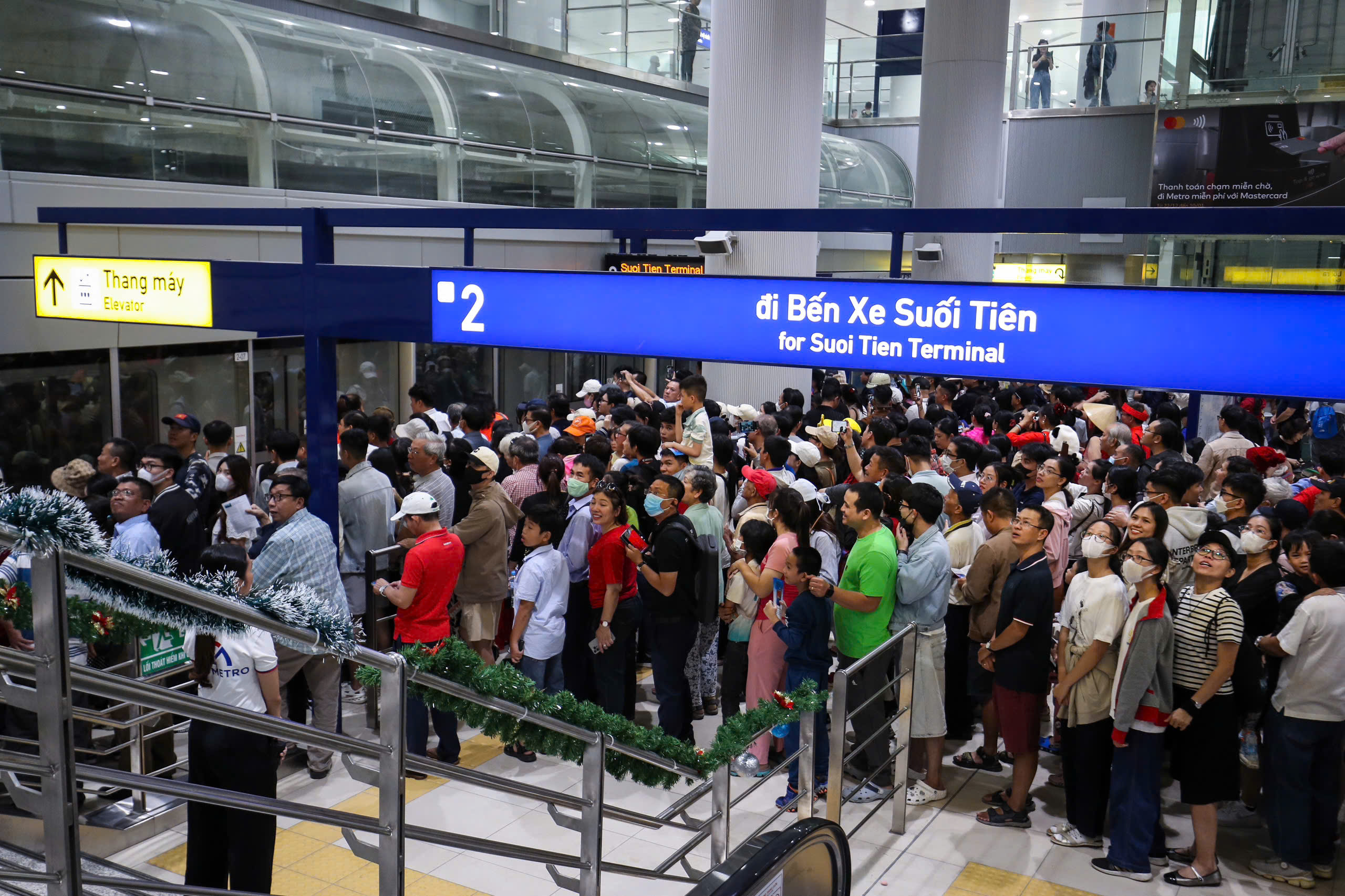
The preposition "for" is used in a similar sign on metro line 1 (Ben Thanh - Suoi Tien)
Social networks have recently erupted in debate regarding the signboard on metro line 1 (Ben Thanh - Suoi Tien) in Ho Chi Minh City. Specifically, the signboard "go to Ben Thanh" was translated as "for Ben Thanh", causing many people to suspect that the translation used the wrong preposition. "I remember when I was learning the word 'go' in English was 'to go', or has the vocabulary changed now?", one account wondered.
The preposition 'for' is also correct, why?
Master Do Nguyen Dang Khoa, a graduate of English Teaching at Warwick University (UK) and a 2021 Hornby Scholar, said that using the preposition "for" in the above case is correct English grammar. Because, according to the Cambridge Dictionary (UK), in some contexts, "for" also means "towards" and not just "to".
This page gives an example: "It says this train is for Birmingham and Coventry only".
A video recording of an announcement in a train station in London, England also uses "for": "The next station is King's Cross St. Pancras. Change for the Victoria, Northern, Hammersmith & City, Metropolitan, and Circle Lines, and national & international rail services".
However, Mr. Khoa also noted that there are some cases where "to" is used instead of "for". For example, at Kings Cross station in London, the announcement will be: "Platform 9 for the 15:48 Hull Trains service to Hull". Some train lookup applications such as Trainline (UK) and Amtrak (US) also use the phrase "from - to" instead of "from - for", Mr. Khoa noted.
"In short, 'for' and 'to' are both correct," the English teaching expert emphasized.
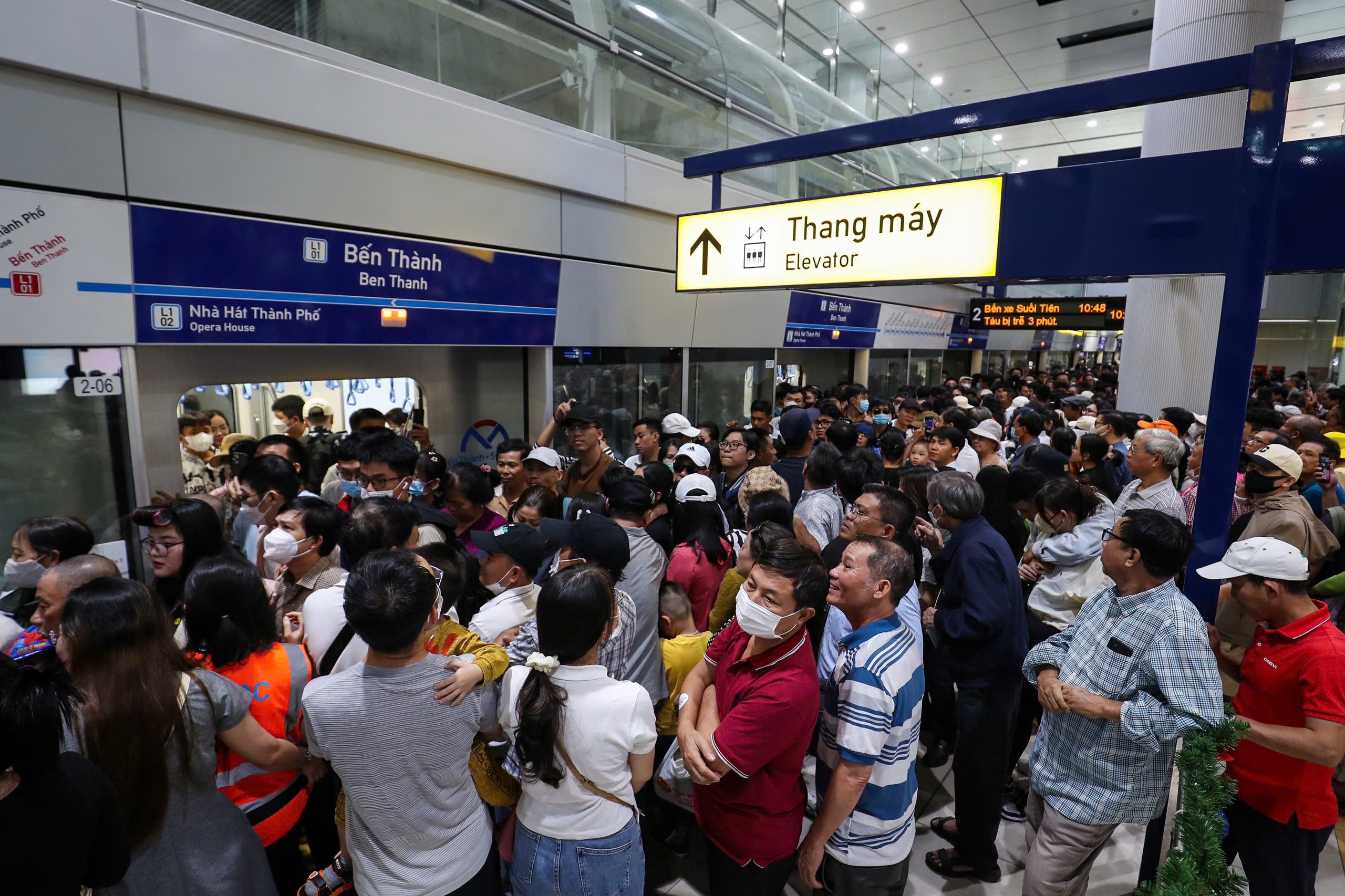
At each destination, passengers can follow the station name in the train waiting area.
Meanwhile, Mr. Nguyen Thai Duong, an English teacher in Ho Chi Minh City who attracts 1.3 million followers, shared on his homepage that the word "for" is in the phrase "bound for" (going to and often used for public transport such as trains, trams, and planes. Therefore, "for Ben Thanh" is still correct. "In addition to 'to', people sometimes also use 'for' to talk about destinations, such as 'leave for', 'head for'; after the word 'for' is the destination," Mr. Duong wrote.
Master Bui Minh Duc, who graduated from Clark University (USA), also discussed with his lecturer in the US to understand more about this issue. Accordingly, "for" is not very common, but if the destination is the final point, then "for Ben Thanh" is not wrong. In the case where Ben Thanh is the final point but the sign uses "to", people often have to add "final stop" or "terminal" to clarify.
Foreigners use both 'for' and 'to'?
On social media, many accounts have also expressed their opinions on whether countries use "for" or "to" in metro signs. Many users said that some countries or territories such as Japan and Taiwan use "for", attaching illustrative photos. Meanwhile, some Western countries such as the US, Canada and Australia prefer to use "to" in their signs.
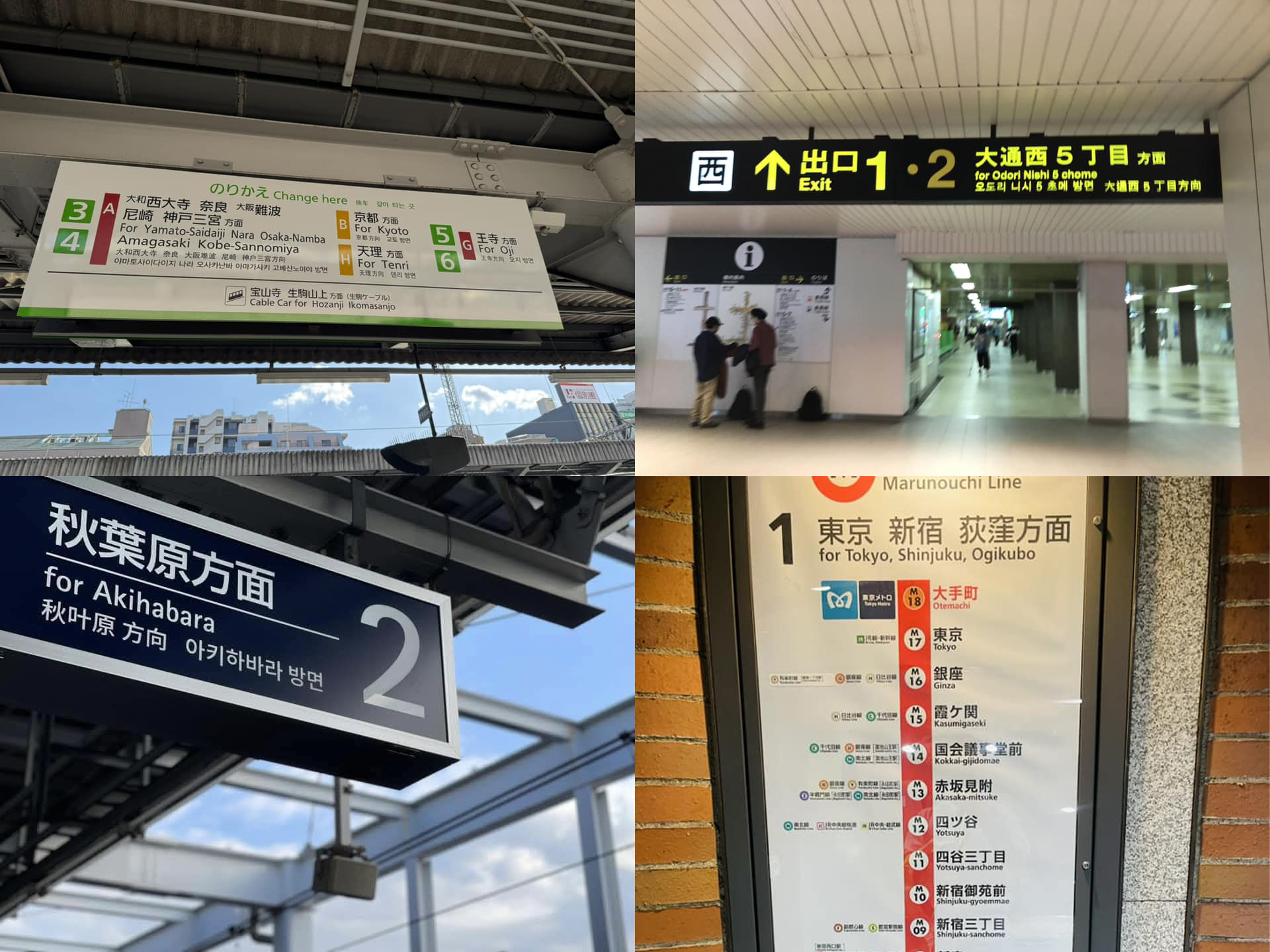
In Japan, many social media users reported that the use of the preposition "for" is quite common on metro lines.
Mr. Le Ngoc Thao, an IELTS teacher in Ho Chi Minh City, suggested that instead of using "to" or "for", the metro management unit could write "Ben Thanh", "Ben Thanh Station" directly in case the destination is Ben Thanh Station; or just put an arrow next to the word "Ben Thanh" if the train is heading towards Ben Thanh, which could be the next station or 2 or 3 more stations. This would help passengers visualize better when taking the train.
The issue of translating signs in metro systems has also received a lot of attention recently. Previously, the media also debated the use of the word "ke ga" to explain the term "platform" according to the law, instead of using the word "sàn tram" which is more popular and easier for the public to understand.
Source: https://thanhnien.vn/tranh-luan-for-hay-to-ben-thanh-gioi-tu-nao-dung-trong-bien-chi-dan-metro-185241229060741836.htm























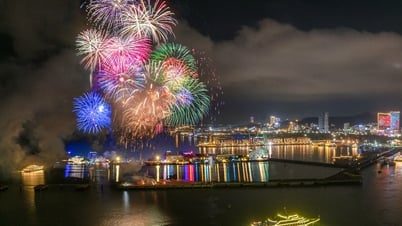















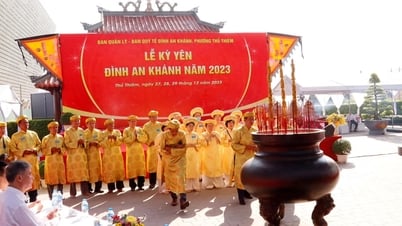















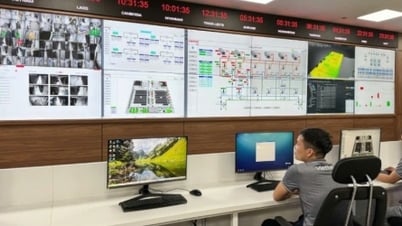











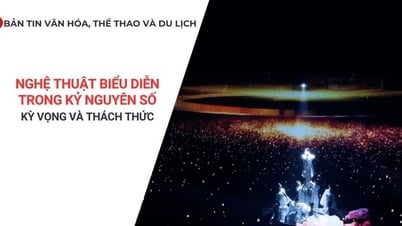





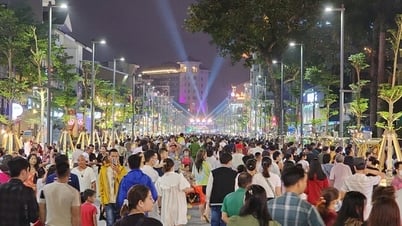



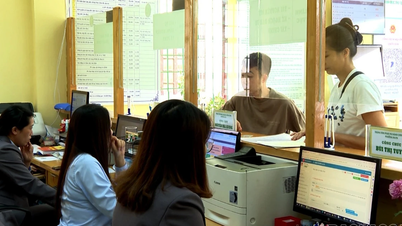







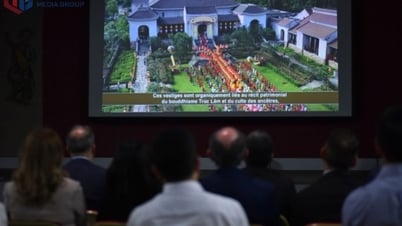











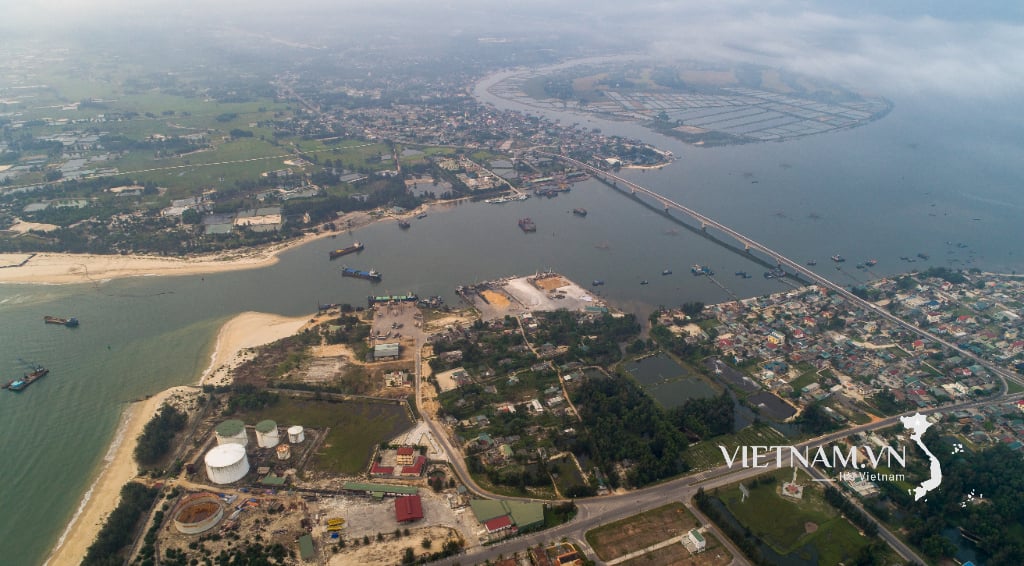

Comment (0)